For nearly a century, the Hearst family name was synonymous with a newspaper tycoon and a powerful media empire.
That changed in April 1974, when Patricia Hearst appeared on surveillance video taking part of an armed bank robbery just two months after being kidnapped by a violent terrorist group.
In the first of a weeklong series on some of the biggest crimes and cults of the 20th century, TODAY examines the Patty Hearst saga that dominated the headlines — many in the same newspapers her grandfather had built into an empire.
Hearst was a 19-year-old student at the University of California at Berkeley, when she was kidnapped by a deadly domestic terrorist group that called itself the Symbionese Liberation Army, or SLA.
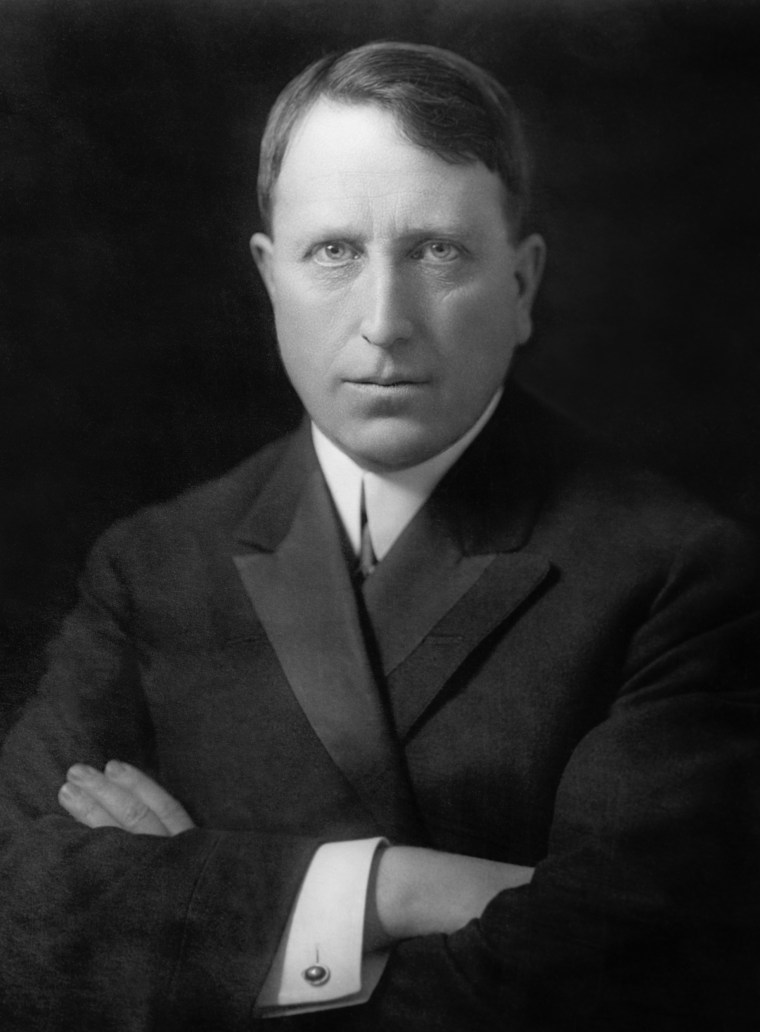
The February 1974 abduction came during a time of national uncertainty because of a war overseas, a domestic gas shortage and the height of the Watergate political crisis.
Hearst was the granddaughter of William Randolph Hearst, the newspaper magnate who served as the inspiration for the 1941 Orson Welles film “Citizen Kane.”
"As the names Gates or Zuckerberg are today, the name Hearst was to the 1970s,” said legal analyst Jeffrey Toobin, author of “American Heiress: The Wild Saga of the Kidnapping, Crimes and Trial of Patty Hearst.”
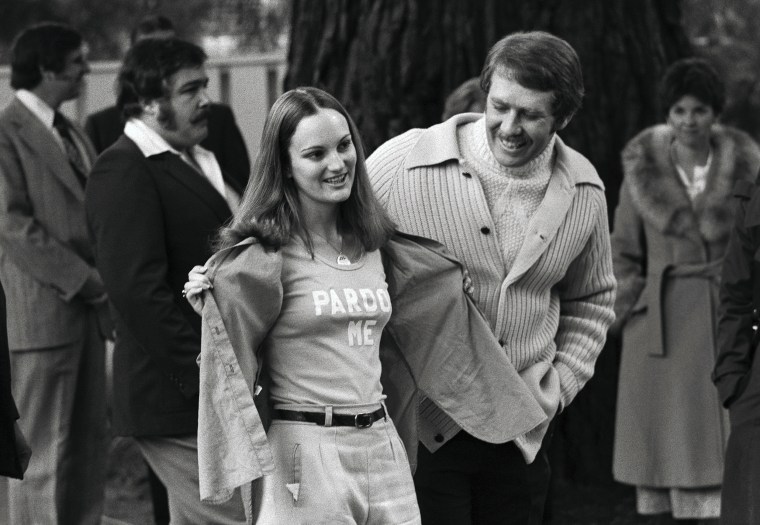
The SLA released a series of audio recordings of Hearst, the first confirming her kidnapping. Two months after it took her hostage, the group robbed a San Francisco branch of Hibernia Bank.
Surveillance video released from the robbery showed images of Hearst wielding a semi-automatic rifle.
“The impact of the photographs of Patty Hearst with the machine gun were in some ways even bigger than the kidnapping itself because it established, or so it appeared, that Patty Hearst had gone over to the other side," Toobin said.
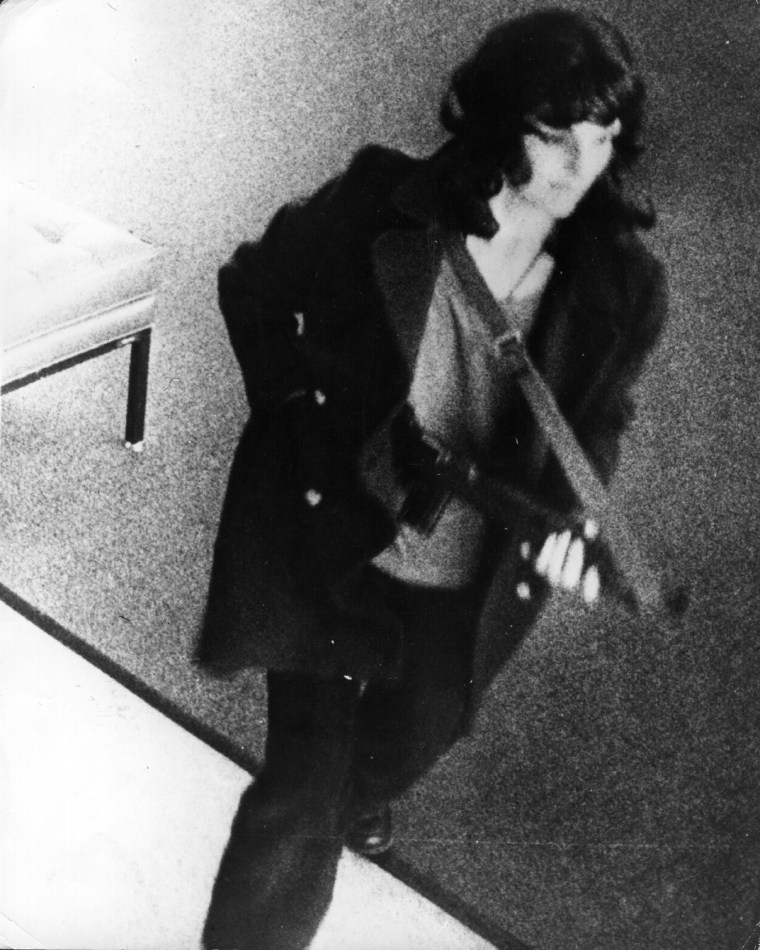
But Hearst’s defenders said there was more to those images than people realized.
"The head of the Symbionese Liberation Army, told her, ‘We're going to rob a bank. You're going to be up front. There'll be a number of guns behind you. One false step on your part and we'll gun you down,’” said F. Lee Bailey, Jr., the defense attorney who would later represent Hearst during her criminal trial.
The SLA, and its newest member, became America’s most wanted fugitives following the Hibernia Bank robbery.
Hearst also got involved in other crimes the group committed. When two SLA members got stopped by security at a sporting goods store, Hearst came to their aid by shooting up the building they were in.
“That was really the moment where she really established that she was really a member of the SLA and no longer a victim,” Toobin said.
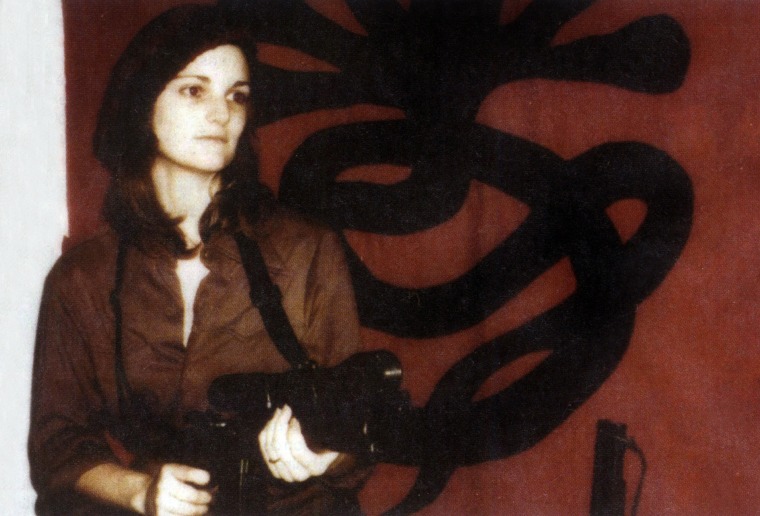
Hearst also drove the getaway car for another robbery in which a mother of four, Myrna Opsahl, was killed while helping her church deposit donations.
She was eventually caught and arrested in September 1975, 19 months after she was kidnapped.
Bailey, one of the nation’s biggest defense attorneys at the time, said the first time he met Hearst, he felt like he was talking to "a zombie."
RELATED: The eerie connection between the Patty Hearst saga and the Jonestown tragedy
Whether or not Hearst committed her crimes our of psychological coercion turned the case of potential brainwashing into a trial that still stands out even four decades later.
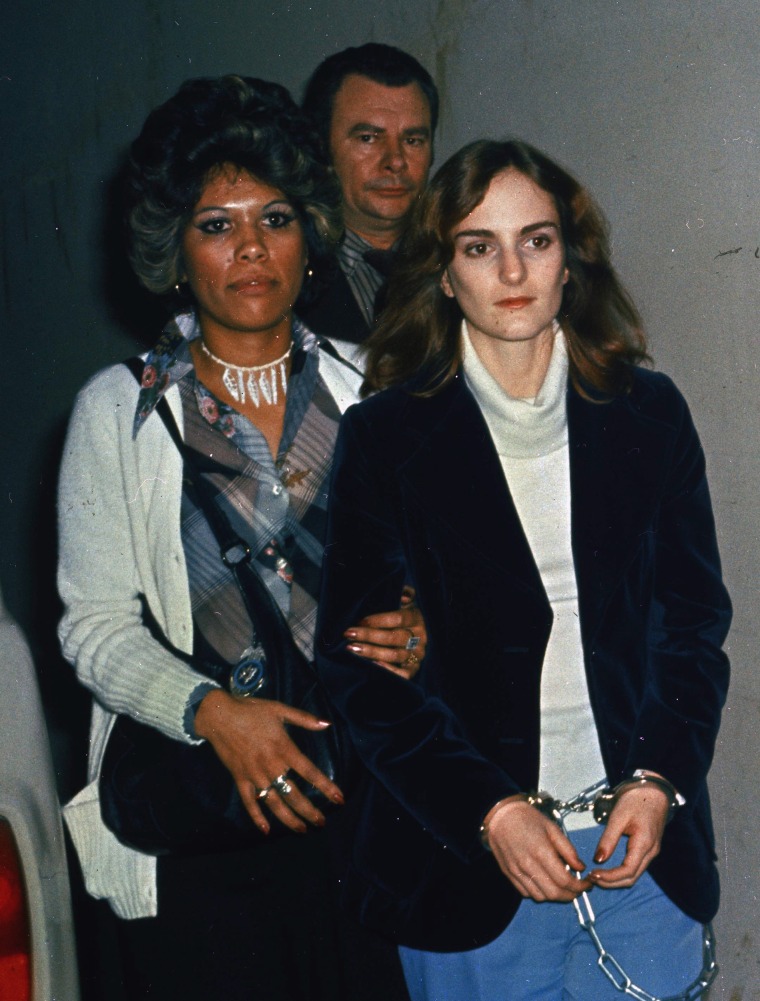
“In all of our history there is no case like Patty Hearst. She was a wealthy, secure woman who turned up after 60 days after being kidnapped, as an alleged warrior," Bailey said. "And the trial was about how did that happen."
Hearst ultimately was convicted by a jury for her role in the Hibernia Bank robbery and sentenced to 35 years in prison, a sentence later reduced to seven years.
“In some respects, it was a verdict on the young people of the 1970s,” Toobin said. “It was a verdict that said, 'You know, we gave you every advantage and you turned on us and you became one of the bad guys.'"
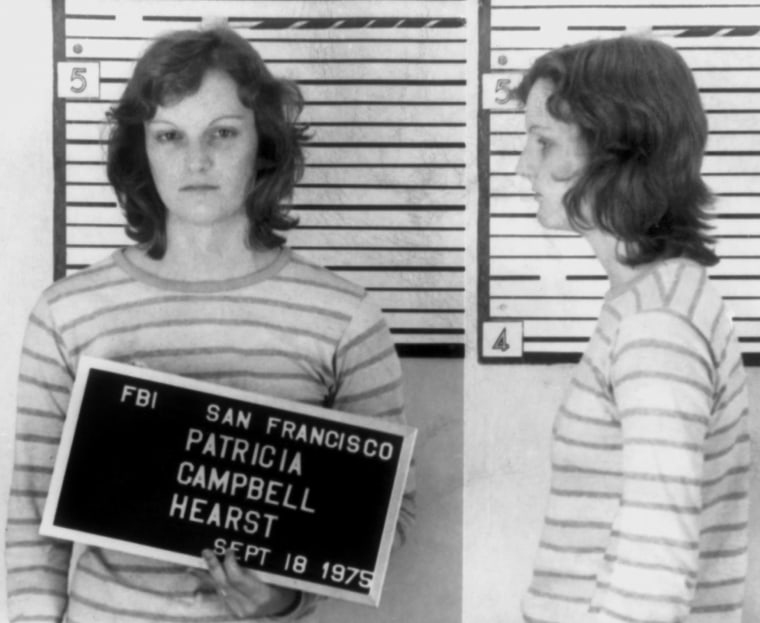
Hearst's sentence was later commuted by President Jimmy Carter before the crime ultimately was pardoned by President Bill Clinton.
Ultimately, Hearst “wound up living the life for which she was destined,” Toobin said.
“Patty Hearst is a rich lady in the suburbs ... She has a nice, quiet suburban life. That's all her parents wanted for her, and finally that's what she got.”
On Tuesday's installment of the Crimes and Cults series, TODAY revisits the Jonestown massacre in the Guyana compound established by the Rev. Jim Jones.